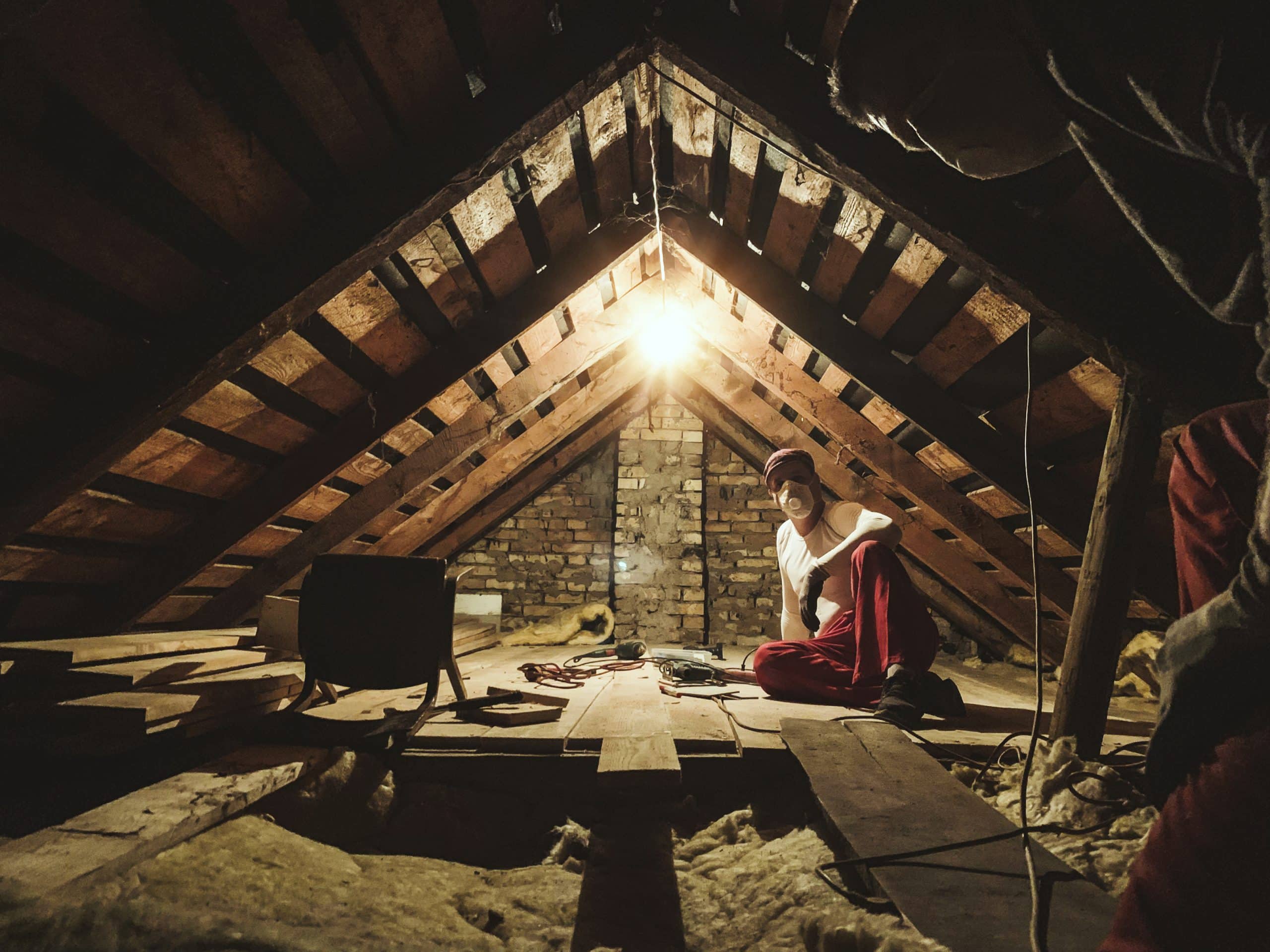When it comes to our shared heritage, the importance of preservation cannot be overstated. In light of the technological revolution, new tools have emerged that promise to assist in the restoration and maintenance of such cultural treasures. Of these new tools, artificial intelligence (AI) stands out as a particularly potent ally in the process. Here, we explore how AI can assist in the ongoing restoration of historical UK monuments.
The Role of Artificial Intelligence in Heritage Preservation
The concept of using AI for heritage preservation may seem futuristic, but it’s becoming an increasingly common practice. Artificial intelligence is a branch of computer science that aims to create machines capable of mimicking human intelligence. In the context of heritage preservation, AI can be used to analyze and interpret data, assist in the restoration process, and even create digital reconstructions of historical artifacts.
In parallel : Can AI Detect and Auto-Correct Bias in Job Recruitment Algorithms?
AI can help us understand our past in ways we never thought possible. By analyzing historical data, AI can provide insights into how buildings were constructed, the materials used, and the methods employed. This information is invaluable for restorers who aim to maintain the authenticity of these historical structures. AI’s ability to analyze and interpret vast amounts of data quickly and accurately can expedite the restoration process and ensure the accuracy of the work carried out.
Furthermore, AI’s capability in image recognition and 3D modelling can be leveraged to create highly accurate digital models of historical artifacts or monuments. These models can serve as a foundation for restoration work, guiding restorers in their efforts and providing a detailed blueprint to follow.
Topic to read : What’s New in the Integration of Solar Power into Wearable Tech?
The Process of Digital Restoration
The preservation of historical structures often presents significant challenges due to the delicate nature of the buildings and the materials used in their construction. Traditional methods of restoration can sometimes cause damage to these fragile structures. Enter digital restoration, a process based on technology and artificial intelligence that offers a non-invasive solution to these challenges.
The first step in digital restoration is often the creation of a 3D model of the structure. AI algorithms can use hundreds or even thousands of images to create an accurate digital representation of the monument. These models enable restorers to analyze the structure in detail and plan their restoration efforts with precision.
The AI can also identify areas of the structure that are damaged or at risk. By analyzing the images and comparing them to the existing data, the AI can determine the severity and extent of the damage. This allows for targeted restoration efforts, which can prevent further damage and ensure the longevity of the structure.
The final step in the digital restoration process is the actual restoration work. Here, AI can assist by providing guidance based on the digital model and the data analysis. This makes the restoration process more efficient and accurate, ensuring that our historical structures are preserved for future generations to appreciate and learn from.
Embracing Virtual Learning Through AI
In addition to aiding in the restoration process, AI can also enhance the way we interact with our cultural heritage. With AI, we can create immersive, interactive experiences that bring history to life in a way that textbooks and traditional museum exhibits cannot.
For instance, AI-powered virtual tours can transport you to historical sites and monuments, giving you the opportunity to explore these places in detail and at your own pace. These tours can be enriched with additional information and interactive elements, providing a deeper understanding of the historical context and significance of these sites.
AI can also be used to create interactive experiences with historical artifacts. By using AI to analyze and interpret the data from these artifacts, we can gain insights into the history and culture of the people who created them. This kind of immersive, interactive learning can spark interest in history and cultural heritage, particularly among younger generations.
How AI Will Shape the Future of Heritage Preservation
Looking forward, it’s clear that AI has a significant role to play in heritage preservation. The ability of AI to process and analyze vast amounts of data, along with its capabilities in image recognition and 3D modelling, make it a powerful tool for preservation and restoration efforts.
Moreover, the potential of AI to create interactive, immersive experiences will change the way we engage with our cultural heritage. By making history tangible and accessible in this way, AI can foster a deeper appreciation and understanding of our past.
However, it’s crucial to remember that AI is a tool, not a replacement for human expertise and judgement. The role of AI is to assist restorers and historians in their work, not to replace them. The insights and guidance provided by AI need to be interpreted and applied by experts in the field. AI can offer invaluable assistance in the preservation of our heritage, but the ultimate responsibility for this task still lies with us.
Incorporating AI into Heritage Preservation: Challenges and Opportunities
Despite the many benefits of AI in heritage preservation, it’s not without its challenges. For one, the process of digitizing historical structures and artifacts can be time-consuming and costly. Plus, there’s the issue of data security and privacy, particularly when dealing with sensitive cultural and historical information.
However, these challenges should not deter us from exploring the potential of AI in heritage preservation. With careful planning and management, the benefits of this technology can far outweigh the challenges. As we move into the future, it’s clear that AI will play an increasingly important role in preserving our shared history and cultural heritage.
Remember, AI is not a magic solution that will solve all of our preservation challenges. Instead, it’s a tool that can assist us in this vital work. By leveraging the capabilities of AI, we can ensure that our historical monuments and artifacts are preserved and appreciated for generations to come.
AI and Machine Learning Technologies Used in Heritage Preservation
Artificial intelligence technologies, such as machine learning, neural networks and deep learning algorithms, have emerged as influential tools in the field of heritage preservation. Machine learning, a subset of AI, involves the creation of models that can learn from and make decisions based on data. The application of machine learning in heritage preservation is varied and offers numerous benefits.
For instance, machine learning algorithms can help in the analysis and interpretation of historical data. By training these algorithms on a dataset of historical images, they can learn to identify and categorize different architectural styles, construction techniques, and materials used. This analysis can greatly assist in the restoration of historical UK monuments, by providing detailed insights into their construction and historical context.
Neural networks, another AI technology, are proving instrumental in creating virtual reconstructions of historical monuments. For example, the restoration of Notre Dame Cathedral is being assisted by neural networks which are being used to create detailed 3D models of the structure. These models, based on a large dataset of images and detailed scans of the Cathedral, provide an accurate and comprehensive guide for restorers.
Deep learning, a more advanced form of machine learning, is being used to create highly detailed and accurate digital models of historical artifacts. By analyzing thousands of images and data points, deep learning algorithms can recreate the minutest details of these artifacts, aiding in their restoration and preservation.
Additionally, AI technologies are being used to create virtual reality experiences that allow people to explore historical monuments in a way that’s both immersive and interactive. This application of AI not only enriches our understanding of our cultural heritage but also makes it more accessible to people around the world.
Ethical Considerations in the Use of AI for Heritage Preservation
While the use of AI in heritage preservation offers numerous benefits, it also raises certain ethical considerations. One of the primary concerns revolves around data security and privacy. The digitization of historical structures and artifacts requires the collection and storage of vast amounts of data, some of which may be sensitive or confidential. It’s essential that this data is carefully managed and secured to prevent unauthorized access or misuse.
Another ethical consideration involves the accuracy and authenticity of the digital models created by AI. While AI can recreate historical monuments and artifacts with incredible precision, it’s important to remember that these are still reproductions. They should not be viewed as replacements for the original structures or artifacts.
Moreover, while AI can assist in the restoration process, it cannot replicate the knowledge, skills, and expertise of human restorers. AI should be viewed as a tool to aid in restoration, not as a replacement for human expertise. As such, it’s essential that the use of AI in heritage preservation is guided by experts in the field.
Conclusion: The Future of AI in Heritage Preservation
In summary, artificial intelligence presents a plethora of opportunities for the restoration and preservation of our cultural heritage. From detailed analysis of historical data to the creation of accurate digital models and immersive virtual reality experiences, AI is revolutionizing the way we interact with and preserve our historical monuments.
However, the use of AI in heritage preservation also presents certain challenges and ethical considerations. It’s therefore crucial that the implementation of this technology is carefully managed and guided by experts in the field.
While the road ahead may not be without its hurdles, it’s clear that AI holds significant potential for the future of heritage preservation. By harnessing the power of this technology, we can ensure that our historical monuments are not only preserved but also appreciated and understood by generations to come. The United Kingdom, with its rich history and wealth of historical monuments, stands to benefit greatly from these advancements in AI and machine learning technologies.
















